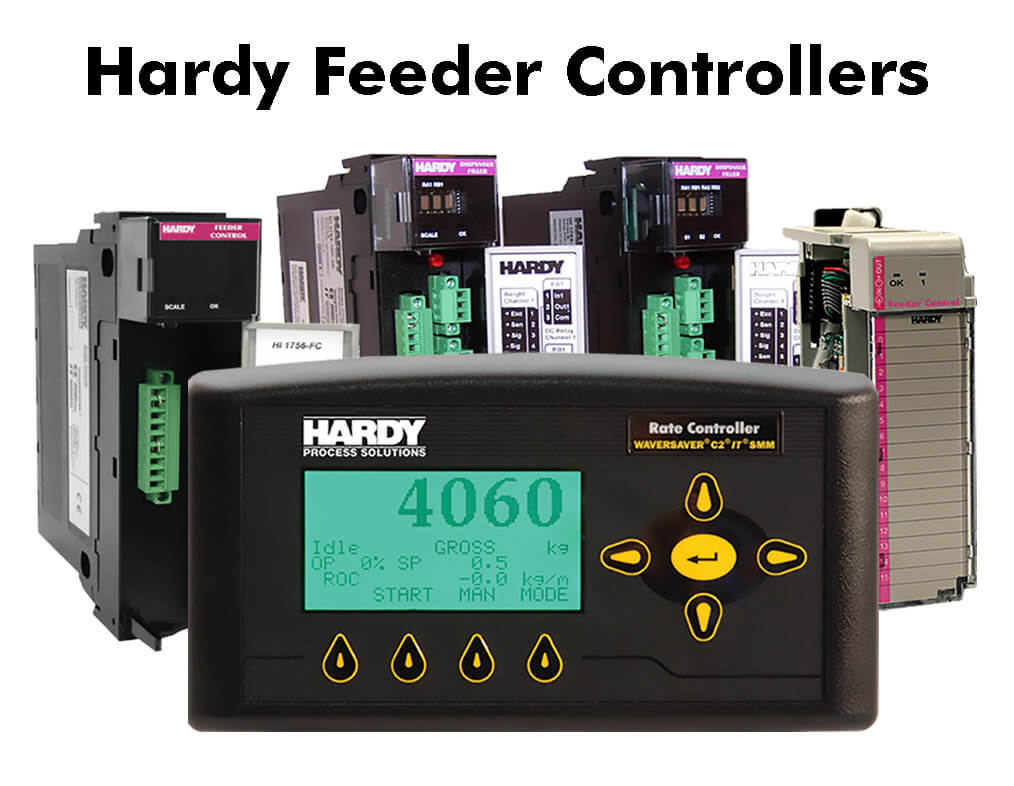New Modernized HI6501 Weight Processor
Learn More!Even a very small error in every dispensing or filling event, adds up to a very large amount after 365 days. Part One presents the four common hidden costs of filling and dispensing errors. Part Two presents three different solutions.

The Situation
At some stage in the manufacturing process, just about every manufacturing plant in the world makes and/or packs raw materials and finished product. These could be solids, granules, powers, slurrys, liquids and/or gases. They are repeatedly, filled or dispensed into or from containers or vessels to a defined tolerance specification.
In plants everywhere, the measurement and control of these raw material and finished product events happen many hundreds of thousands or millions of times a year. Even a very small error in every dispensing or filling event, adds up to a very large number at the end of 365 days.
The Objectives
The objective is to stay within specific tolerances to ensure:
The Challenges It might seem a simple task, however there is a lot going on when a product is being filled or dispensed, “THINGS” most people do not know or have not thought deeply about. Automating these manufacturing events requires 3 integrated elements that all work together to form a CONTROL LOOP:
The control loop measures the weight of the raw material or finished product as it enters (gain-in–weight), or leaves (loss-in-weight) the container or vessel that is resting on the scale. The weight information is updated and communicated to the controller throughout the fill or dispense cycle.
The PLC reads this information and compares every update it gets from the scale to a set-point (target weight) it has been instructed to use for this specific event. The PLC is in control of the whole event: starting the event by telling the final control device to open once all “pre-conditions” have been met for the cycle e.g. scale is at zero, scale is not in motion, enough material is available to reach the set-point and others as required. Once the set-point is reached, the PLC instructs the final control device to close and shut off the cycle. Getting the control loop right is just half of the story and the challenge.
Now let’s look at the other half of the challenge. The CONTROL LOOP interacts with the PROCESS. Between the CONTROL LOOP and the PROCESS there are “4 HIDDEN THINGS” going on, that contribute to and add up to over or under filling or dispensing errors. They are:
1. IN FLIGHT MATERIAL: This is the amount (weight) of material that has passed through the final control device and cannot be stopped, but has not yet reached the scale and been measured. This contributes to an over fill or dispense error.
2. MEASUREMENT DELAY: There is a time delay between the scale reading the amount (weight) of material currently on it; and what the PLC believes is on the scale from the last update when it decided whether to tell the final control device to stay open or to close. This time delay represent an amount of material (weight). This contributes to an overfill or dispense error.
3. FINAL CONTROL ELEMENT LET THROUGH: Unfortunately, there are no final control devices that can “instantaneously” stop material feeding when they receive the instruction to shut off from the PLC. All take some time to close off the fill or dispense cycle and again this time required represents an amount of material (weight). This contributes to an over fill or dispense error.
4. KINETIC ENERGY IMPACT: Finally there is the “force” of the material that impacting the scale that occurs in addition to the actual “weight” of the material that the scales reads in a filling event. This force is reads as “weight” that does not actually exist. This contributes to an under fill error. It does not contribute to dispense errors. Sadly, it does not stop there. If all of these errors were constant in every fill or dispense cycle, then we could simply calculate them, add them up and compensate for them in every feed. In the real world, the “THING” is that PROCESS conditions do not stay constant. By that we mean that the rate at which materials “FLOW” can change over a period of time (mins or hours, etc) or even from one cycle to the next, based on many variables such as changes in head pressure, viscosity, density, humidity etc. So there we have it. Changes in process conditions will influence flow rates, which in turn will adjust the amount of “over or under” fill or dispense error that each of the above “4 THINGS” contribute.
The table below illustrates 5 fill cycles where the filling rate has been increased and decreased in steps of 10%. The grey line show the optimum fill rate at 100%. One might expect the overfeed error to steadily increase as the fill rate is increased from 80% to 120%. However that is often not the case. Notice that at 110% the error decreased to 1.2kg from 2kg at 100%, then at 120% it goes negative to -5.6kg. Why?
Because the first 3 sources of errors all contribute over feed(+) errors, the 4th contributes an under feed(-) error. As the fill rate increases the Kinetic Energy can reach a point where its force “phantom weight value” surpasses the sum of the first 3 sources of errors. This creates a non-linear acceleration/deceleration in the error curve in most filling application. Again this is not the case in dispensing applications because no Kinetic Energy for is in play.
The Solution So what to do? There are 3 potential approaches. We will discuss each of these options, in depth in our next article on this same topic next month. They encompass: